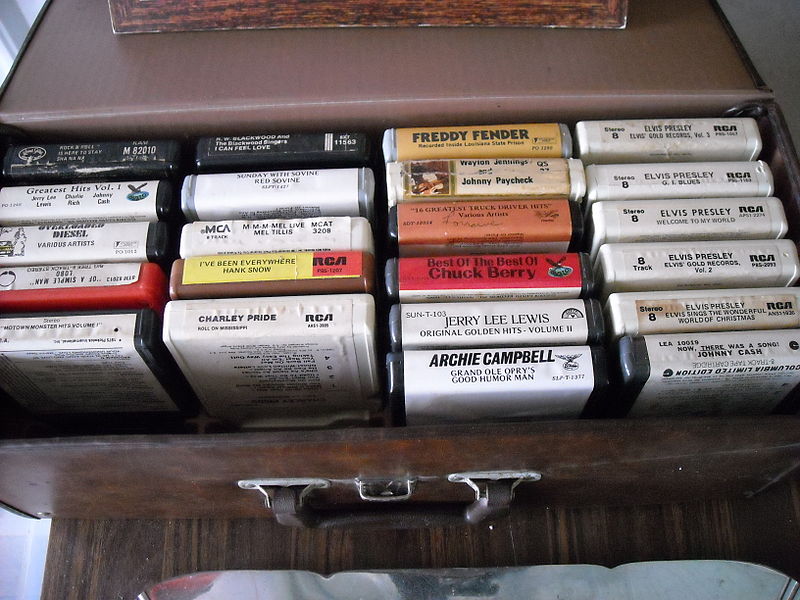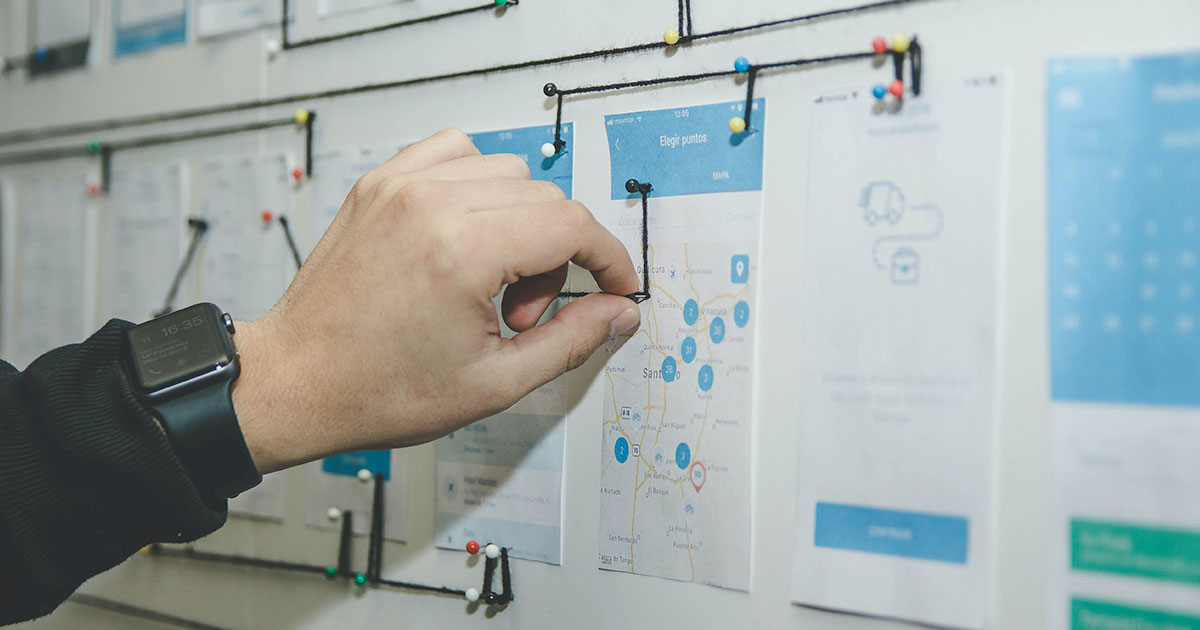
The Digital Odyssey | How Homer, 8-Tracks and Led Zeppelin Took Me Home
The Digital Odyssey | How Homer, 8-Tracks and Led Zeppelin Took Me Home https://csuiteold.c-suitenetwork.com/wp-content/uploads/2014/04/8track.jpg 800 600 C-Suite Network https://csuiteold.c-suitenetwork.com/wp-content/uploads/2014/04/8track.jpgFor the past six months I’ve been reading my classic books to my son. Two nights ago we started “The Odyssey.” Like that wild 10-year adventure, life in the C-Suite — especially for marketers — is full of adventure, story twists and danger. At some point you sort of have to wonder, shouldn’t doing what we are supposed to be doing — marketing, selling and running our business — be simpler?
In 1993, while living in Kansas, I embarked upon a business Odyssey of my own, a yellow-brick-road adventure to find “the next big thing.” I discovered the Web. I don’t claim I actually started the Information Superhighway (Al Gore did that somewhere, I believe, in the smoky hills of Tennessee). But reading in the back pages of a small business newspaper I had that EUREKA! moment, and like Saul on the road to Damascus, my worldview was instantly changed. This thing will change the world, I thought.
Like the 49ers in the Gold Rush, I walked away from magazine publishing and headed for the Promised Land. What a 20-year Odyssey it’s turned out to be. Lions, and tigers and bears, oh my!
There weren’t a lot of people on the Web then — maybe 50. OK, maybe 500. My only exposure to computers had been paying someone to use Pagemaker on early Macs, an innovation that brought magazine publishing out of the Stone Age (or the Industrial Revolution, at least). I figured I better learn about computers and multimedia, whatever that was. Now, as anyone who knows me can attest, I am often a bit technically challenged. But I realized quickly that I was studying an 8-track.
Music was once put on 78s, then 45s, then LP’s, then 8-tracks, then… well, you get it. Eight-track recording was revolutionary in terms of what musicians could use to tell a story that would connect with an audience. The technology that delivers the music has evolved drastically, enabling and expanding what we could produce. But what I realized is that it wasn’t the technology that was important, it only enabled, or limited, what could be communicated.
Rinse and repeat the same cycles of tech evolution in the digital age: web, interactive, digital, mobile, data, targeting, programmatic, Big Data and social. Welcome to the Digital Odyssey.
Funny that, with all the changes, with the crazy adventure that is business today, with all the Big Data and Digital Evolution, as Led Zeppelin sang, “The Song Remains the Same.” Like Dorothy, the further we travel, the closer we come to home. In fact, just as she learned at the end of the Yellow Brick Road, home was always just a click away.
Technology enables, technology limits and technology expands, but it’s the story of our business, the benefits it provides, the joy it brings, how it moves and connects with our audience that is at the heart of what we do. That truth, that constant, hasn’t changed. As C-Suite leaders, it’s up to us to remember that.
 Jim McNamara is a senior sales and marketing leader who has spent the last 15 years combining the science of data with the art of marketing. He has an extensive background in innovation leadership, helping accelerate growth in the digital/mobile space at start-ups and Fortune 100 innovators. Previously, Jim worked as Head of Sales for Verizon Wireless’ Precision Market Insights bringing mobile data from the U.S.’s largest mobile network to market delivering analytics, insights, segmentation, and targeting to media, sports, entertainment and brand marketers. Find Jim on LinkedIn, or follow him on Twitter @jpmcnamara.
Jim McNamara is a senior sales and marketing leader who has spent the last 15 years combining the science of data with the art of marketing. He has an extensive background in innovation leadership, helping accelerate growth in the digital/mobile space at start-ups and Fortune 100 innovators. Previously, Jim worked as Head of Sales for Verizon Wireless’ Precision Market Insights bringing mobile data from the U.S.’s largest mobile network to market delivering analytics, insights, segmentation, and targeting to media, sports, entertainment and brand marketers. Find Jim on LinkedIn, or follow him on Twitter @jpmcnamara.





